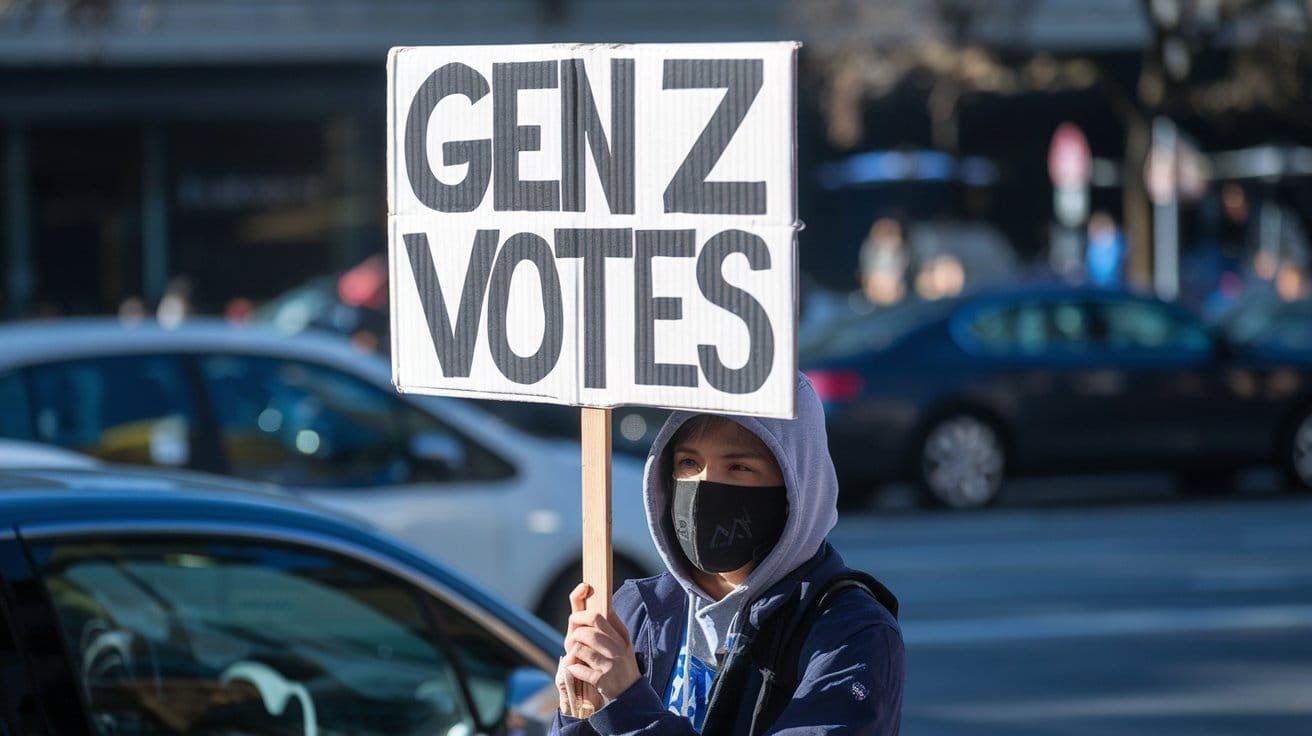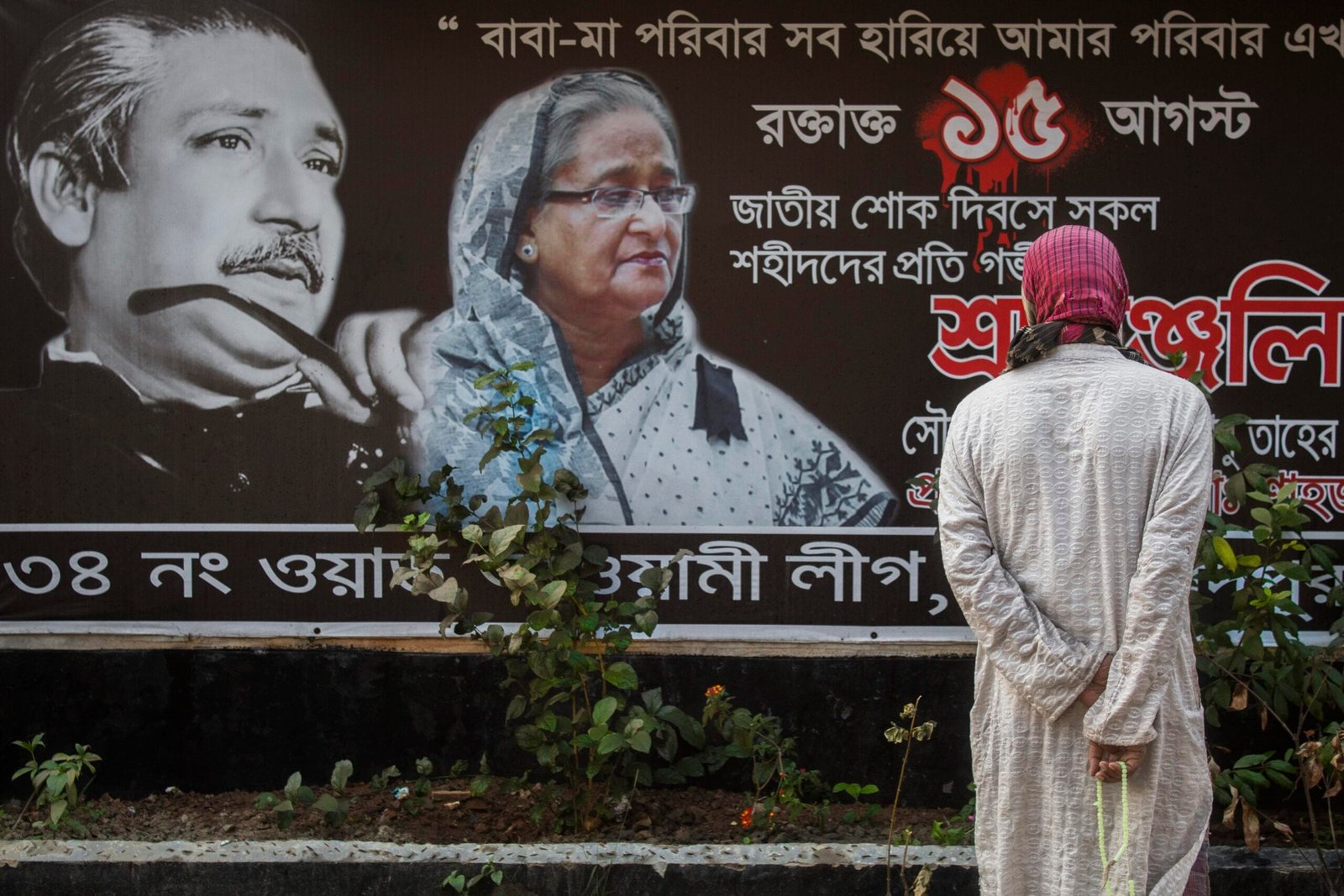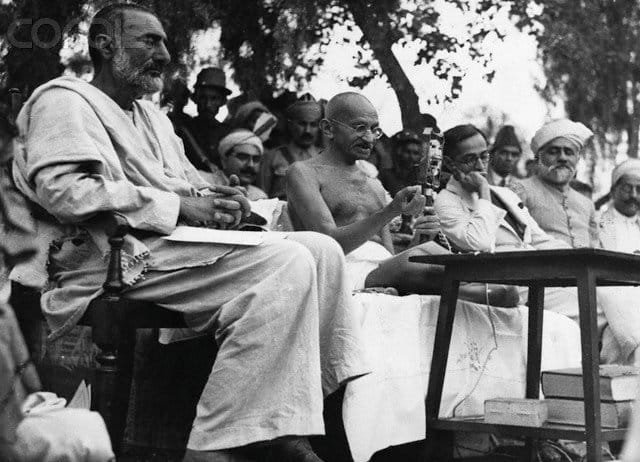
Table of Contents
Introduction to Social Media and Political Dynamics
Social media has been a disruptive force in the field of political participation within the last 20 years. The emergence of platforms like Facebook, Instagram, and X has significantly altered traditional communication channels like print and broadcast media. These tools have changed how people and political organizations communicate with each other as well as how information is shared. In order to engage with constituents, spread their messages, and rally supporters at previously unusual speeds, political parties and candidates have modified their approaches to make efficient use of social media.
The rise of social media has changed the dynamics of political communication, enabling direct engagement between politicians and the public. This direct line of communication has provided an avenue for political figures to establish their narratives without gatekeeping from traditional media outlets. As a result, citizens can access a plethora of viewpoints, allowing them to engage with the political discourse in real-time. However, with the power to convey information comes the challenge of misinformation, where false narratives can spread just as quickly as the truth, leading to confusion and skepticism among the electorate.
Moreover, social media platforms can create echo chambers, where users are primarily exposed to ideas and opinions that reinforce their existing beliefs. This phenomenon has contributed to increased polarization in political discourse, as individuals become more entrenched in their views and less willing to engage with opposing perspectives. As political narratives increasingly shape public opinion through these digital channels, understanding the implications of social media and politics is critical to comprehending contemporary political dynamics. This article will explore these challenges and transformations in greater detail, shedding light on the complex intersections of social media with political life.
The Mechanisms of Polarization on Social Media
The interplay between social media and politics has become increasingly significant in shaping public opinion and voting behavior. One key mechanism contributing to political polarization on these platforms is the role of algorithms. Social media platforms utilize algorithms to curate content based on user interactions, which often leads to the reinforcement of existing beliefs. Users are more likely to engage with content that aligns with their political views, creating an echo chamber effect where opposing viewpoints are effectively filtered out. This selective exposure to information can amplify political divisions, as individuals are less exposed to diverse perspectives.
Moreover, the design of social media encourages users to seek out content that resonates with their beliefs, further entrenching ideological divides. This phenomenon is exacerbated by the virality of user-generated content, where emotionally charged or sensational material gains traction. Such content often circulates rapidly, significantly shaping political discourse and contributing to extreme viewpoints. For instance, studies have shown that emotionally charged posts tend to receive more engagement, leading to a skewed representation of political issues and fostering divisions among users.
Quantitative studies have illustrated the extent to which social media impacts political polarization. Research indicates that individuals who predominantly use social media as their news source are more likely to hold extreme political beliefs compared to those who consume a more balanced array of news sources. A significant percentage of users report feeling increasingly polarized in their political views after engaging with content specific to their ideologies. This evolution has profound implications for public discourse and the democratic process, as it fosters a climate where compromise and diverse opinions are undervalued. Overall, the mechanisms of polarization on social media reveal the need for greater awareness of how these platforms influence political thought and behavior.
Case Studies: Social Media’s Impact on Political Events
Social media has undeniably played a pivotal role in shaping contemporary political landscapes worldwide. One of the most prominent examples is the Arab Spring, which began in late 2010. Activists utilized platforms such as Facebook and Twitter to organize protests and disseminate information rapidly, galvanizing widespread public support against authoritarian regimes in countries like Tunisia, Egypt, and Libya. The rapid sharing of on-the-ground footage and firsthand accounts through social media invigorated global interest and solidarity, yet it also led to fragmented narratives that heightened societal divisions within these nations post-revolution.
Another significant case is the rise of populist movements across Europe and the Americas in the 2010s. Political figures leveraged social media campaigns to engage and mobilize disenchanted voters, promoting nationalistic and anti-establishment rhetoric. Donald Trump’s use of Twitter during his presidential campaign is a notable example. His ability to communicate directly with supporters allowed him to bypass traditional media, leading to polarizing divides within the electorate. This phenomenon illustrates how social media can not only facilitate political participation but also amplify tensions and divisions among diverse political factions.

Moreover, the influence of social media was evident during recent elections in various countries, including Brazil and India. In Brazil’s 2018 presidential election, social media served as a battleground for candidate campaigns and misinformation. Dark strategies, such as targeted ads and fake news, weaponized social media, which resulted in intensified ideological divides among the electorate. Similarly, in India’s 2019 general elections, parties strategically employed social media platforms to rally support, leading to increased polarization among distinct demographic groups and regional affiliations.
In summary, these case studies illustrate the duality of social media’s role in politics; while it serves as a crucial tool for mobilization and engagement, it simultaneously exacerbates existing political divisions, highlighting the complexities of contemporary political discourse shaped by digital platforms.
Strategies for Mitigating Political Divisions in the Digital Age
Social media’s growing influence on modern discourse has both positive and negative effects, particularly in the political sphere. Despite being an effective engagement tool, it also has a tendency to widen political divisions. Effectively addressing these issues requires an extensive plan that includes community-driven projects, the obligations of social media corporations, and the requirement for digital literacy.
Social media companies hold a significant responsibility to regulate content that threatens civil discourse. Implementing stricter guidelines on hate speech, misinformation, and incitement to violence is crucial. Additionally, these platforms should invest in advanced algorithms that identify divisive content while promoting posts that encourage constructive conversation. Transparency in moderation practices and clear guidelines will help users understand the rationale behind content removal or promotion.
Digital literacy is another vital component in combating political polarization. As users navigate the vast landscape of social media, it is crucial to equip them with the skills necessary to critically assess information. Educational programs can help users discern factual information from misinformation, fostering a more informed electorate. Schools, community organizations, and non-profits can play a pivotal role by providing resources that teach users how to engage thoughtfully on these platforms.
Community-driven initiatives can also bridge divides through initiatives that encourage dialogue among diverse groups. Town halls, online forums, and workshops focused on civil discourse can help individuals understand differing viewpoints and reduce animosity. Such efforts create environments where constructive discussions thrive, thereby diminishing the overarching negative impacts of social media on political relations.
Finally, policymakers must actively engage in creating a healthier online political environment. This includes supporting regulations that encourage ethical practices in social media and funding programs that promote digital literacy. By leveraging technologies designed to facilitate dialogue rather than division, society can work towards a more unified political landscape.







